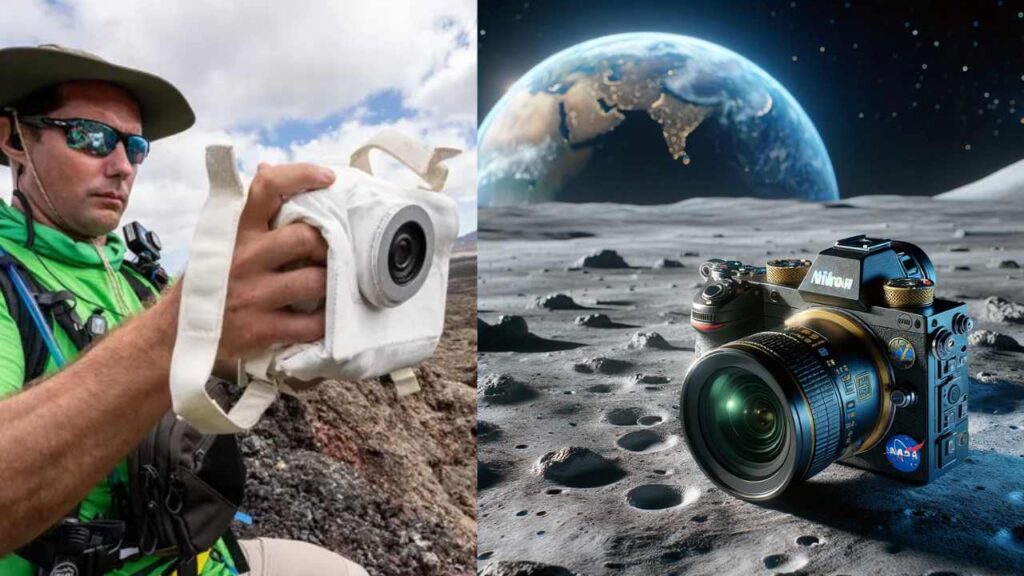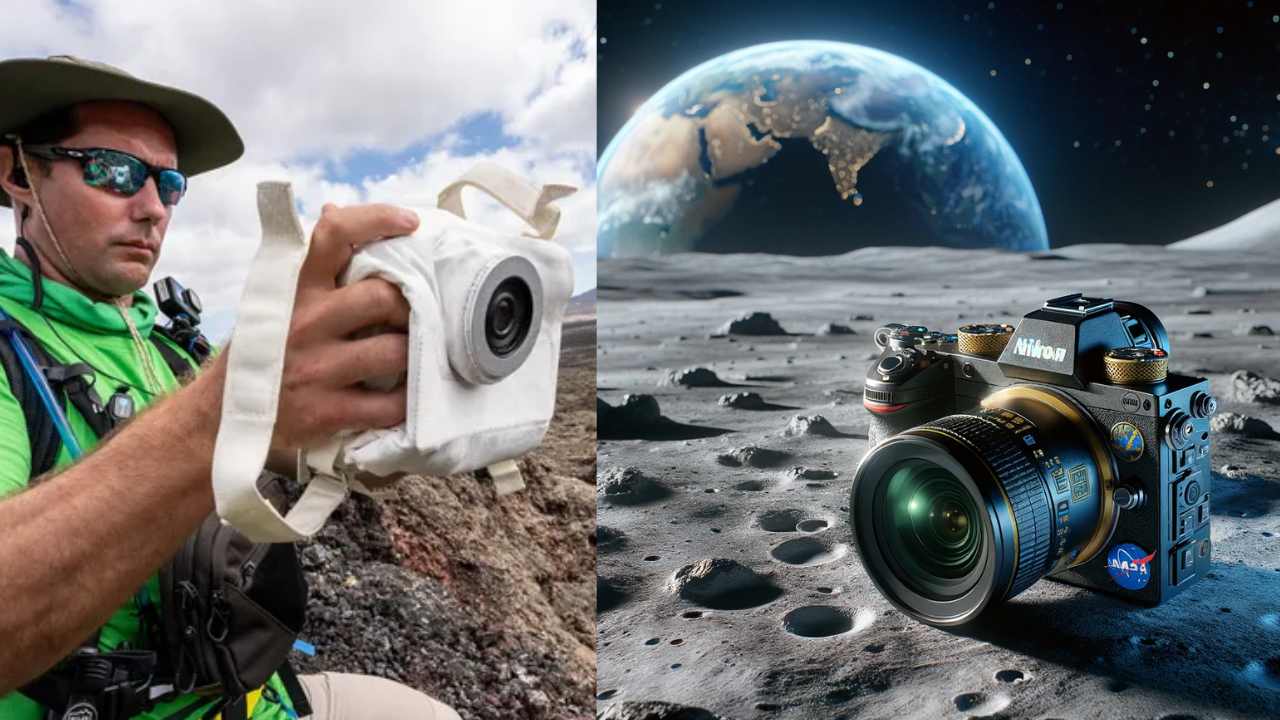“Nikon, NASA, Artemis III Mission, Lunar Photography, HULC Camera, Space Exploration, Mirrorless Cameras, Lunar South Pole, Space Technology, Astronaut Equipment”
“Discover how Nikon and NASA are setting a new standard in space photography with the HULC camera for the Artemis III mission. This groundbreaking collaboration aims to capture the lunar south pole’s uncharted beauty through advanced technology designed to withstand the Moon’s extreme conditions. Learn more about this innovative camera system that merges Nikon’s photographic excellence with NASA’s space exploration prowess.”

In a landmark partnership, Nikon has joined forces with NASA to revolutionize space photography through the creation of a mirrorless camera specifically designed for astronauts on the Artemis III mission. This collaboration aims to document the historic journey back to the Moon, as announced by NASA. The initiative has led to the development of the Handheld Universal Lunar Camera (HULC), a cutting-edge camera system engineered to excel in the challenging conditions of low light and the harsh lunar terrain.
The Artemis III Mission: A Leap Towards Lunar Exploration
Scheduled for launch no earlier than September 2026, the Artemis III mission is set to explore the Moon’s south pole, a region of significant scientific interest due to the presence of water ice in permanently shadowed craters. The mission faces unique challenges, as the area’s extreme lighting and temperature conditions present technical hurdles for operating equipment on the lunar surface.
Nikon’s Technological Mastery: Crafting the HULC System
Nikon’s expertise is showcased in the adaptation of its flagship full-frame Z9 camera, which has undergone extensive testing in thermal, vacuum, and radiation environments to serve as the foundation of the HULC system. The system is further enhanced with Nikkor lenses and includes innovative features such as thermal blankets designed by NASA to shield the camera from lunar dust and extreme temperatures, as well as modified electrical components to counteract radiation effects. A specially designed grip with adapted buttons facilitates easy operation by astronauts wearing gloves.
Historical Context: Nikon’s Legacy in Space Photography
Nikon’s cameras have been a staple on every crewed space mission since the Apollo 15 mission in 1971, which featured a modified Nikon Photomic FTN camera. Unlike the Apollo missions, which used modified large-format cameras without viewfinders, the HULC system incorporates a viewfinder and leverages the Nikon Z9’s onboard video capabilities. This advancement enables Artemis crew members to capture both high-quality stills and video with a single device, overcoming the limitations faced by Apollo astronauts who relied on separate equipment for photography and videography.
Advancements in Space Photography: The HULC System
The introduction of the HULC system marks a significant technological leap from the cameras used during the Apollo missions. With the inclusion of a viewfinder and the Nikon Z9’s video capabilities, the HULC system represents a comprehensive solution for documenting space exploration, merging the functionalities of photography and videography into a singular, advanced tool. This innovation not only enhances the capabilities of astronauts to capture their experiences but also paves the way for bringing unprecedented visual documentation of space exploration to the world.
